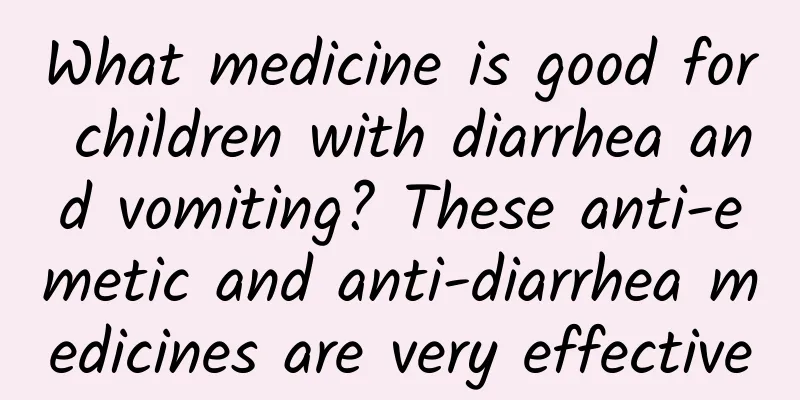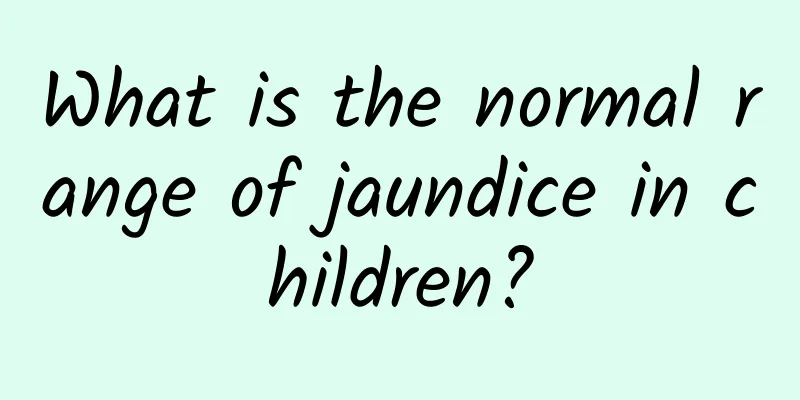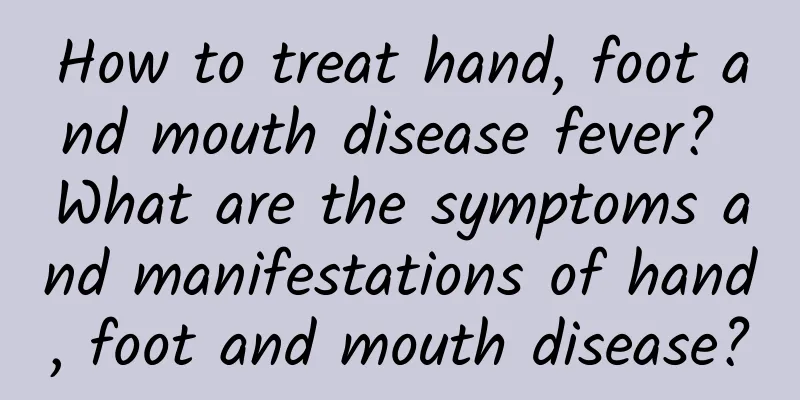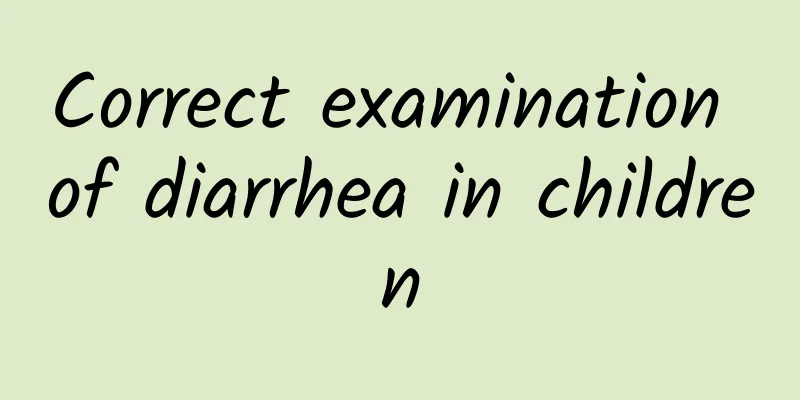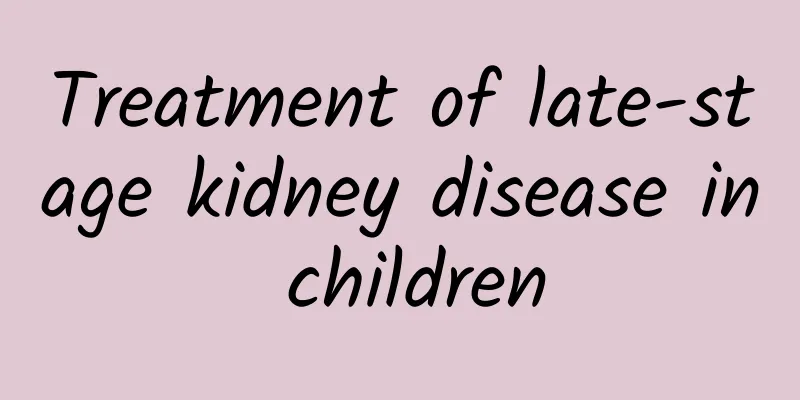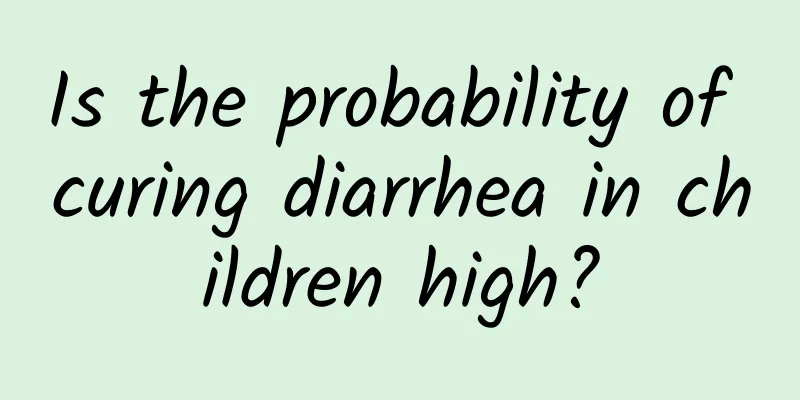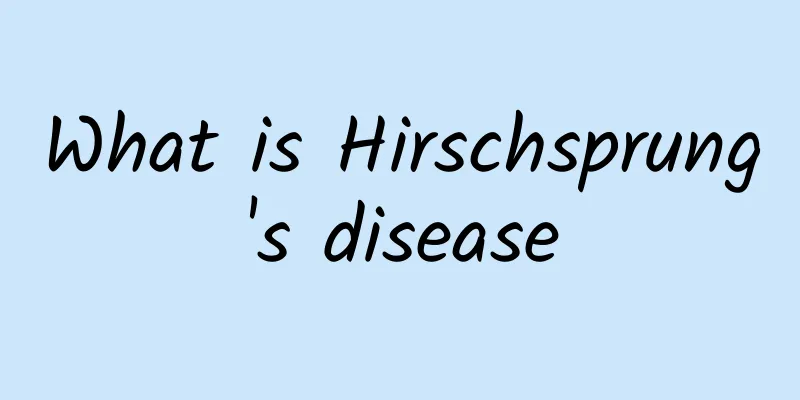Can Nephrotic Syndrome be Cured in Children?
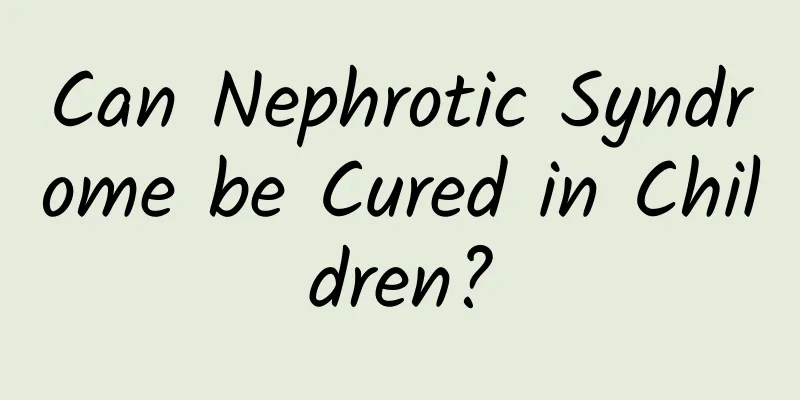
|
Nephrotic syndrome is a common disease in children. Parents are very anxious when their children suffer from nephrotic syndrome. Only by making timely and correct treatment according to the symptoms of nephrotic syndrome can parents let their children have a healthy and happy childhood. So parents are worried about whether their children's nephrotic syndrome can be cured? I hope the following introduction will be helpful to you. Nephrotic syndrome in children is a syndrome with "three highs and one low": severe edema, large amounts of proteinuria, decreased plasma albumin (causing the inversion of the ratio of albumin to globulin), and increased plasma cholesterol. Acute and chronic nephritis may present with symptoms of nephrotic syndrome during the course of the disease. The prominent feature of nephrotic syndrome in children is severe edema. Children may have edema in their lower limbs, head, face, and trunk, especially in areas with loose tissues, such as the eyelids. Boys' scrotums may swell like light bulbs, and there may also be effusions in the visceral serous cavity, such as pleural effusions and ascites. Those with severe edema have thin and translucent skin, and the skin will seep water if it is slightly damaged. Edema affects blood circulation, reduces local resistance, and is very susceptible to infection. The urine of patients with nephrotic syndrome contains a large amount of protein. Urinalysis shows that the urine protein can reach +++ to +++, and the 24-hour urine protein excretion is increased. Blood tests can reveal a decrease in plasma albumin, which changes the normal ratio of albumin to globulin from 1 to 1.5 to 0.5, resulting in an inversion of the ratio and an increase in plasma cholesterol. Some children may develop white or purple lines on the thighs, inner upper arms, abdomen and chest similar to those of pregnant women, and their urine output is significantly reduced. Due to the long-term loss of a large amount of protein in the urine, protein malnutrition may occur, such as dry and yellow hair, keratinization of hair follicles, dry skin, white horizontal lines on the nails, developmental delay, anemia and susceptibility to infection. Some sick children have hematuria and hypertension. Nephrotic syndrome has a long course and recurrent attacks. The biggest danger is secondary infection, such as skin erysipelas, intestinal infection, pneumonia, primary peritonitis and sepsis, any secondary infection can cause death. Children with nephrotic syndrome should pay attention to rest. First of all, the child's activity should be limited, and the diet should be low in salt and high in protein. Meat, eggs and beans all contain more protein, which can be increased. Eat 1 to 3 grams of salt every day. When edema is severe, salt should be completely avoided and the amount of water should be slightly limited. After treatment, the urine volume increases, the salt content in the food should be increased, and potassium chloride and calcium tablets should be taken orally. Long-term low salt or salt avoidance can cause symptoms of hyponatremia, such as lack of energy, vomiting, irritability, hematuria, and low blood pressure. Report this to the doctor in time. For the treatment of this disease, adrenocortical hormone has a good effect, and prednisone 1~2 mg/kg/day can be used. Regular treatment should be carried out under the guidance of a doctor, and the course of treatment should be long. Do not stop the medication easily. Side effects such as obesity, chubby face, and hairy body will appear after taking the medication, which can disappear after stopping the medication. If the effect is not obvious, immunosuppressants such as cyclophosphamide can be used instead or in combination. During the period of taking this medicine, pay attention to the changes in blood white blood cells, and there may be side effects such as hair loss. For those with severe edema, diuretics such as hydrochlorothiazide can be used temporarily. In case of concurrent infection, penicillin or erythromycin can be used for treatment. Currently, the more effective method is adrenocortical hormone therapy, and the commonly used preparations are prednisone and dexamethasone. Treatment of nephrotic syndrome requires large-dose intensive treatment, which takes about a month. The patient can be relieved, the swelling and urine protein disappear. Later, intermittent therapy will be used to consolidate the therapeutic effect achieved. The specific method is to take the medicine every other day or take it for 3 days a week and stop for 4 days. The purpose is to reduce the side effects of long-term hormone treatment. Because hormones can suppress the body's immunity, causing patients to have serious secondary infections, and can also cause hypertension and Cushing's syndrome. Children with nephrotic syndrome can go home to recuperate after a period of hospitalization. When parents are caring for their children, they should pay attention to not overwork their children. Children have poor self-control ability. They will feel very fresh when they return home from the hospital. They are prone to over-exerting themselves and lack of sleep. Parents should pay special attention to arranging their children's work and rest time and try to get enough rest. Children should not eat salty foods. It is very important to eat less salt in the diet for children whose blood pressure has not yet returned to normal. However, salt-free meals will affect appetite, so a low-salt diet is recommended. Only after edema and high blood pressure disappear, can the normal diet be improved, but it should also be light and not too salty. Steamed buns and soda crackers also contain sodium, so it is best not to give them to children. You can let your children eat some fresh vegetables and fruits to supplement the vitamins in the body. Children's clothes should not be worn for a long time without changing. Infection is often the cause of recurrence of kidney disease. Take a bath and change clothes frequently to keep the skin clean to prevent skin infection. Nephrotic syndrome in children is not an incurable disease. Most patients can eventually be cured despite repeated attacks. Parents should urge their children to take medication on time and in the right amount. Do not reduce or stop the medication at will to avoid recurrence of the disease. Keep the indoor air fresh, pay attention to adding or removing clothes according to climate changes, prevent colds and fever, and parents should have confidence and work closely with doctors to maintain long-term and uninterrupted treatment. |
<<: Specific medicine for treating children's kidney disease
>>: Symptoms of relapse of kidney disease in children
Recommend
What are the symptoms of hand, foot and mouth disease? What are the transmission routes of hand, foot and mouth disease?
Hand, foot and mouth disease is an infectious dis...
Symptoms of Kawasaki disease
Kawasaki disease is a disease that primarily affe...
What medicine is good for baby's cough?
If your baby has a cold and cough, you can consid...
What is the cause of baby's indigestion? Here are some ways to treat baby's indigestion
During the Spring Festival, the reunion of relati...
What are the routine examinations for acute laryngitis in children?
What are the routine examinations for acute laryn...
What causes acute laryngitis in children?
As soon as the weather turned cold, the child fel...
What are the pathogenic bacteria?
Pathogens are microorganisms that can cause disea...
How much saline is appropriate to add to 2ml of budesonide? What are the functions and effects of budesonide?
The most important drug in nebulization therapy i...
How to Treat Hand, Foot and Mouth Disease Herpes
How to treat hand, foot and mouth disease herpes?...
Treatment of post-polio syndrome
There are always many diseases around children in...
Briefly describe the causes and treatment of diarrhea in children
Diarrhea in children may be caused by infection, ...
Best recipes for diarrhea in children
Many children are prone to diarrhea due to poor g...
What porridge is good for children with diarrhea? What porridge is good for children with diarrhea?
Children have relatively poor resistance and are ...
Nursing Care of Patients with Poliomyelitis
The harm caused by polio is irreversible. It brin...
What are the sequelae of kidney disease in children?
Everyone knows about the disease of childhood kid...
